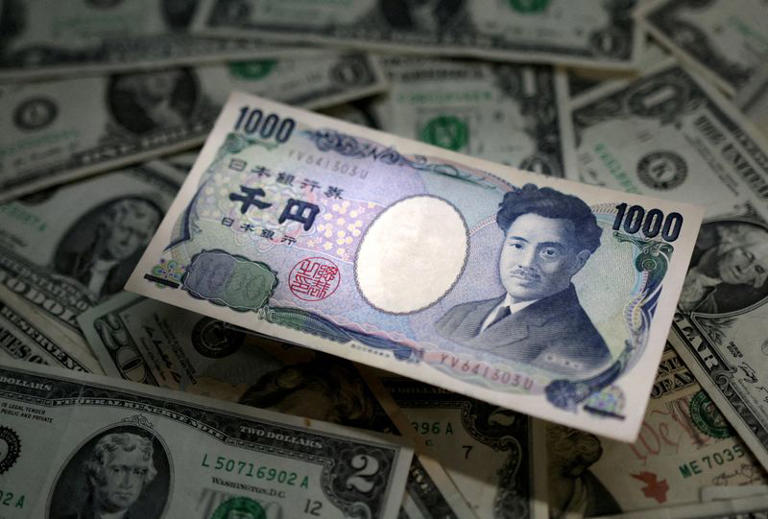In the early hours of Thursday’s Asian trading session, the Japanese yen surged against the US dollar, prompting speculation among traders of potential intervention by Japanese authorities to stem the yen’s decline. This surge, which saw the dollar sharply drop to precisely 153 yen from around 157.55 yen, raised suspicions of orchestrated dollar selling directed by Japan’s Ministry of Finance. The aim was to bolster a currency that had recently reached 34-year lows against the dollar.
The timing of this intervention was noteworthy, occurring during a relatively quiet period in the currency markets, after the closure of the US stock market and the conclusion of the Federal Reserve’s monetary policy meeting earlier in the day. The dollar was already facing downward pressure following comments from Federal Reserve Chair Jerome Powell, who hinted at a bias towards interest rate cuts, despite inflationary pressures that had led to delays in implementing such measures.
According to Daisaku Ueno, chief FX strategist at Mitsubishi UFJ Morgan Stanley Securities, Japanese authorities have established 160 yen per dollar as their “final defense line,” indicating their readiness to intervene in the forex market whenever necessary.
Columbia University academic and former finance ministry executive Takatoshi Ito suggested that Japanese intervention may have been intended to signal their commitment to defending the 160 yen to the dollar level, which is perceived as a crucial threshold.
The yen’s recent weakness can be attributed to several factors, including rising interest rates in the US compared to near-zero rates in Japan, prompting investors to seek higher yields elsewhere. This dynamic has intensified since March, as expectations for Federal Reserve rate cuts have diminished, reinforcing the yen’s role as a funding currency for carry trades.
While Japanese authorities and US Treasury spokespersons declined to comment on the intervention, the challenges of managing currency movements were evident. Despite the intervention, the yen quickly reversed its gains against the dollar, highlighting the complexities involved in influencing currency markets.
The wide gap between long-term government bond yields in the US and Japan, currently at 376 basis points, has contributed to the yen’s weakness. This interest rate differential has driven investors to favor higher-yielding assets outside of Japan, putting further pressure on the yen.
In summary, the recent volatility in the yen-dollar exchange rate underscores the challenges faced by Japanese authorities in managing currency movements amidst diverging monetary policies and market dynamics.
